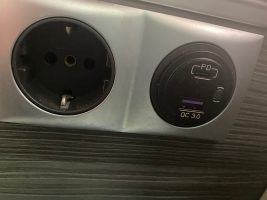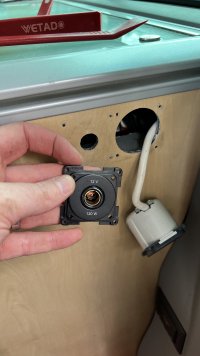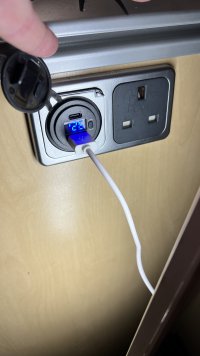HappyGus
VIP Member
Hi,
I will be soon placing an order for a T6.1 and have got a question.
I've been unable to find an answer to this question(either on the specs or with my local retailer ), so I wonder if somebody has the T6.1 and already knows the answer:
), so I wonder if somebody has the T6.1 and already knows the answer:
The T6.1 comes with the USB-C sockets. Those new socket allows the use of a charging technology called USB-C PD(or USB-C Power Delivery).
This allows:
1) Fast charging(as fast as QuickCharge or even faster)
2) Charging devices that require more power than a smartphone(laptop by example).
In my case:
1) sometimes my car doesn't provide enough power to charge my phone under heavy usage when I drive(waze+spotify+hotspot), but if I charge with a 12V USB-C PD socket, it's perfect(But using a 12V socket prevents me to use Android Auto since currently the cable is required)
2) if I could charge my laptop without having a 12V converter when I drive, it would be perfect
So is there anybody that knows if the T6.1 support the "USB-C Power Delivery"?
I will be soon placing an order for a T6.1 and have got a question.
I've been unable to find an answer to this question(either on the specs or with my local retailer
The T6.1 comes with the USB-C sockets. Those new socket allows the use of a charging technology called USB-C PD(or USB-C Power Delivery).
This allows:
1) Fast charging(as fast as QuickCharge or even faster)
2) Charging devices that require more power than a smartphone(laptop by example).
In my case:
1) sometimes my car doesn't provide enough power to charge my phone under heavy usage when I drive(waze+spotify+hotspot), but if I charge with a 12V USB-C PD socket, it's perfect(But using a 12V socket prevents me to use Android Auto since currently the cable is required)
2) if I could charge my laptop without having a 12V converter when I drive, it would be perfect
So is there anybody that knows if the T6.1 support the "USB-C Power Delivery"?


















